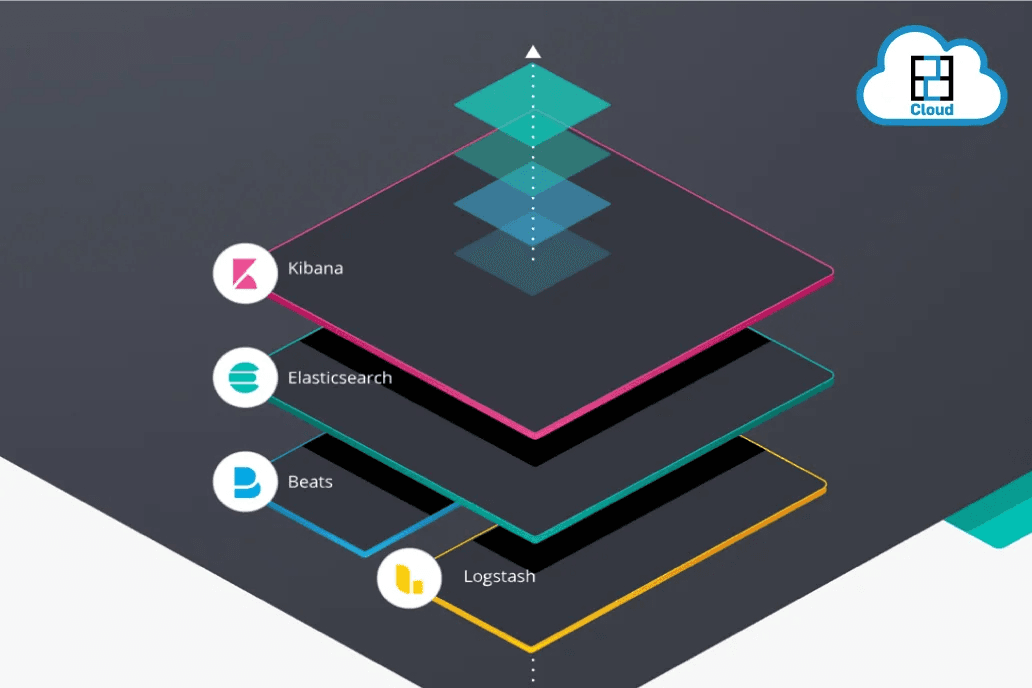In the midst of the escalating AI revolution, the global demand for Graphics Processing Units (GPUs) has surged, creating a substantial shortage projected to linger until 2025. However, E2E Networks, India’s premier AI hyperscaler, is not just addressing this shortage but reshaping the landscape by making cutting-edge GPUs more accessible within the country.
In an exclusive interview, Tarun Dua, CEO of E2E Networks, highlights the company’s notable role in incubating around 10-15% of India’s startup unicorns on the E2E Cloud. You can read the interview here.
E2E Networks’ GPU Portfolio
Founded in 2009, E2E Networks has positioned itself at the forefront, offering NVIDIA’s H100 GPU and the NVIDIA A100 Tensor Core GPU at competitive rates – at INR 412/hour and INR 226/hour respectively. Having listed on the National Stock Exchange (NSE), E2E was also the first in India to deploy NVIDIA V100 GPUs, solidifying its status as a leader in the data center GPU market.
Outshining Rivals in a Competitive Arena
Despite competitors like AWS, Microsoft Azure, and Google Cloud, E2E distinguishes itself through a multi-cloud approach, catering to enterprises with specific workload demands, particularly in AI/ML and SME enterprise workloads.
‘We are very focused on making it super easy for our customers to use our platform. We cater to our customer’s specific needs whereas the other hyperscalers are focussed on doing everything for everybody.’ - Tarun Dua
User-Friendly Interface and Personalized Solutions
Dua emphasizes E2E’s commitment to user-friendliness in a landscape marked by a steep learning curve. The company tailors its product to meet the unique needs of clients, providing a more straightforward platform compared to competitors who aim to be everything to everyone.
Cost Advantage
One of E2E’s significant advantages lies in its pricing model, allowing customers to save 50-60% compared to traditional hyperscalers. Dua highlights the simplicity of E2E’s pricing structure, billing based on a single parameter rather than the complex multi-parameter systems employed by other platforms.
Scaling Up for Growing Demand
Presently housing close to 600 GPUs across two data centers, E2E Networks plans to rapidly expand its GPU capacity to meet the surging demand, especially fueled by generative AI. Dua remains optimistic about addressing the short-term GPU shortage, emphasizing the adaptability of the top GPU vendors to meet growing demand.
‘Given India’s growing priority on the global tech landscape, I believe we’ll witness an influx of GPUs into the country. I don’t view the GPU shortage as a long-term issue for India.’ - Tarun Dua
Diversifying GPU Sources
While currently exclusively using NVIDIA GPUs, Dua is open to exploring options from other vendors such as Intel or AMD. Although proud partners with both companies, he notes that the complete plug-and-play ecosystem established by NVIDIA gives them a competitive edge.
Catering to a Diverse Clientele
With nearly 3,000 active customers, E2E serves a diverse clientele, including prestigious institutions like IIT Madras and innovative companies like CamCom AI. Clients praise E2E for its cost-effectiveness, predictable pricing, and responsive support and sales teams, making it a preferred choice for computer vision and Natural Language Processing (NLP) applications.
‘There are a dozen other startups who are using our services for computer vision and Natural Language Processing (NLP). They have found our services to be incredibly cost-effective, offering them the best price-performance ratio in the Indian market.’ - Tarun Dua
Partner with E2E Networks
As the AI landscape evolves, E2E Networks emerges not just as a solution provider but a transformative force, making high-end GPUs more accessible and affordable in the Indian market. With a focus on user-friendly interfaces, personalized solutions, and a commitment to innovation, E2E Networks stands as a key player in reshaping India’s AI infrastructure.









